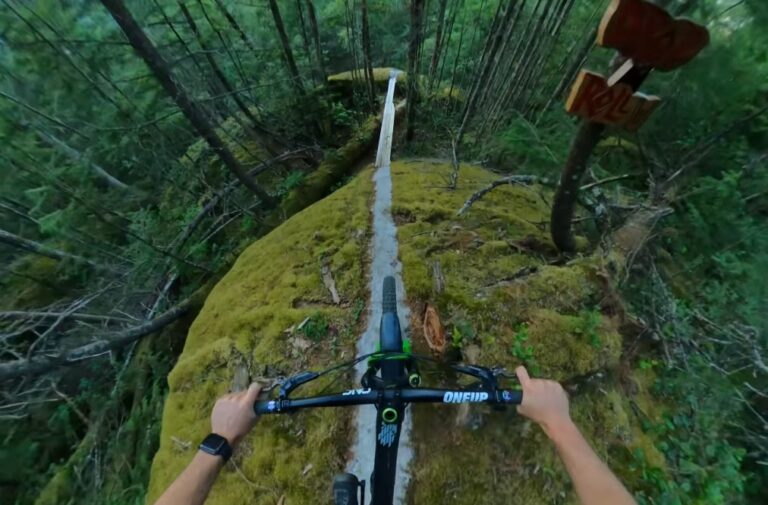In mountain biking, there are three main types of bikes to choose from cross-country (xc), trail, and enduro.
So, If we look for xc vs trail vs enduro, which one is the right bike for you? It all depends on what kind of riding you want to do.
Cross-country bikes are designed for riders who want to go fast and aren’t afraid of a little climbing. They’re lightweight and have suspension that is tuned for speed rather than comfort.
Trail bikes are a good all-around option. They’re versatile enough to handle a variety of terrain and trails, but they’re still light enough to pedal up hills.
Enduro bikes are made for riders who want to go fast and hard on the downhill but don’t mind pedaling up a hill to get there. They’re heavier than other mountain bikes, with suspension that is designed to absorb big hits.
What Is The Difference Between XC vs Trail vs Enduro?
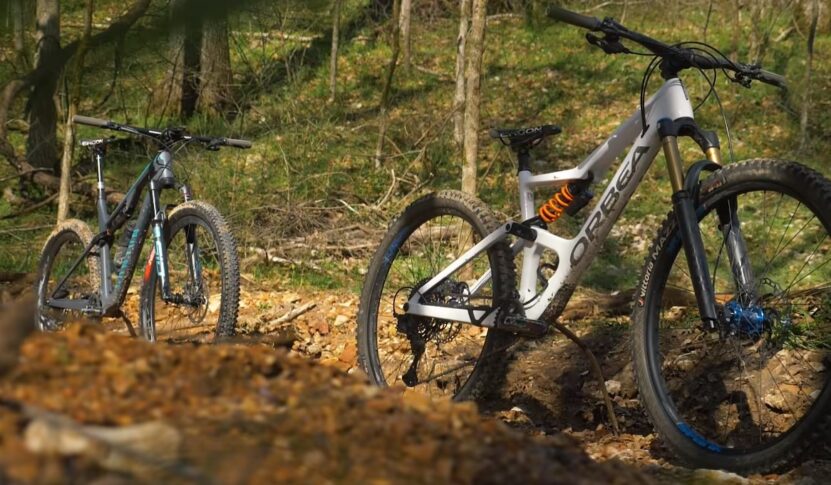
The main difference between cross-country (XC) and trail bikes is their intended usage.
XC bikes are built for riders who want to go fast and cover a lot of ground, while trail bikes are designed for riders who want to spend more time on technical terrain. Enduro bikes fall somewhere in between, with a focus on descending prowess.
XC bikes are typically lighter weight than their trail and enduro counterparts, with less suspension travel. This makes them more efficient to pedal on smoother terrain but can limit their ability to handle rougher trails.
Trail bikes have more suspension travel than XC bikes, making them better suited for tackling technical terrain. They also tend to be a bit heavier and have more aggressive geometry, making them a bit less efficient on smoother trails.
Enduro bikes occupy the middle ground between XC and trail bikes, with a focus on descending ability.
They usually have longer suspension travel than XC bikes and are often just as capable of climbs. However, they can be significantly heavier than both XC and trail bikes, making them less ideal for riders who want to go fast on all types of terrain.
XC Bike Components And Features
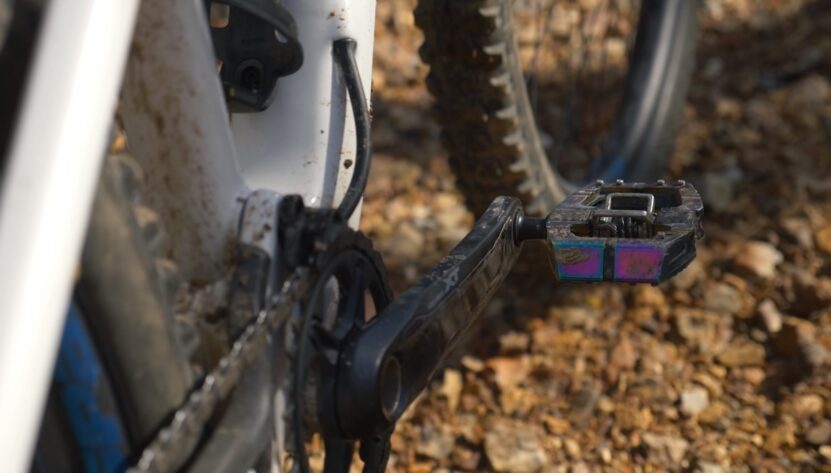
XC Bike Frame
The frame is the heart of your XC bike and needs to be lightweight and stiff for efficient power transfer. Frames are usually made from carbon fiber or aluminum.
XC Bike Fork
The fork is the part of the bike that holds the front wheel and helps absorb bumps in the trail. Forks are usually made from carbon fiber or aluminum.
XC Bike Wheels
XC bikes usually have 26″ wheels for quick acceleration and nimble handling. Some 29″ wheeled XC bikes are beginning to appear on the market as well.
XC Bike Tires
XC bike tires are typically narrower than those on other mountain bike disciplines like trail or enduro. This helps keep weight down and rolling resistance low.
XC Bike Drivetrain
XC bikes typically have 1x drivetrains with 9-12 speed cassettes. This simplifies shifting and reduces weight.
XC Bike Brakes
XC bike brakes are typically lighter weight than those on other mountain bike disciplines. This helps keep overall bike weight down.
XC Bike Suspension
XC bikes usually have front suspension only. This helps keep the weight down and provides enough suspension for most XC trails.
XC Bike Geometry
XC bike geometry is designed for quick handling and efficient power transfer. The head tube angle is usually fairly relaxed, around 67-69 degrees.
Trail Bike Components And Features
Trail Bike Frame
The trail bike features a durable, lightweight frame that is designed to handle the rigors of off-road riding. The frame is typically made from aluminum or carbon fiber.
Trail Bike Suspension
The trail bike features a front and rear suspension that helps to absorb the bumps and jolts of off-road riding. The suspension is typically adjustable so that it can be tuned to the rider’s preferences.
Trail Bike Brakes
The trail bike is equipped with powerful brakes that provide plenty of stopping power for off-road riding.
Trail Bike Tires
The trail bike features wide, knobby tires that provide traction and stability on off-road terrain.
Trail Bike Wheels
The trail bike features sturdy wheels that can handle the rough terrain of off-road riding.
Trail Bike Shifters
The trail bike is equipped with shifters that allow the rider to easily change gears while riding.
Enduro Bike Components And Features
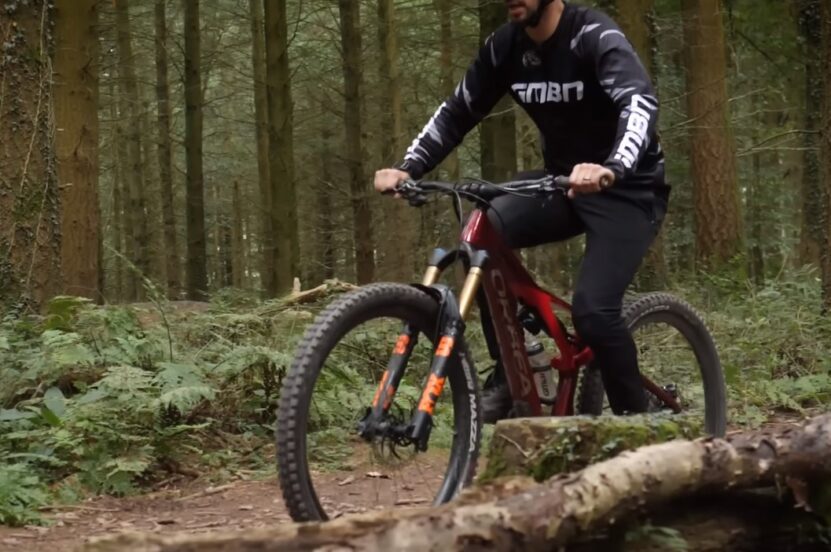
Enduro Bike Frame
The most important part of an enduro bike is its frame. It needs to be tough and durable enough to take on the punishment of aggressive riding, yet still, be lightweight enough to not weigh you down when pedaling uphill.
Some manufacturers will use different materials in different parts of the frame to achieve this balance.
Enduro Bike Suspension
Enduro bikes have more suspension travel than other mountain bike disciplines. This is necessary to help soak up the big hits that come with riding down steep and technical trails.
The suspension will also be tuned to be stiffer and more durable than XC or trail bike suspension, so it can handle the extra weight of a rider and gear.
Enduro Bike Wheels and Tires
Enduro bikes usually come equipped with slightly larger wheels than other mountain bike disciplines. This helps to provide more stability and traction when riding over rough terrain. The tires will also be wider and have more aggressive tread patterns to grip the trail.
Enduro Bike Drivetrain
Enduro bikes need to have a drivetrain that can handle the rigors of aggressive riding. This means that they will often have beefier components than XC or trail bikes. The gearing will also be tuned for climbing steep hills and descending technical trails.
Enduro Bike Brakes
Enduro bikes need powerful brakes that can slow down a rider quickly when descending at high speeds. Some models may even come equipped with a second set of brakes specifically for downhill riding.
Enduro Bike Protective Gear
Enduro riding is a risky business, so riders will often wear more protective gear than other mountain bike disciplines. This can include full-face helmets, body armor, and knee and elbow pads.
Can XC bikes jump?
Yes, but they are not made for it. XC bikes are built for going up and downhill quickly on smooth terrain. They have around 100-120mm of suspension travel and are much lighter than trail or enduro bikes.
What Are XC Bikes Good For?
XC bikes are designed for cross-country riding, which generally means smooth trails and singletrack. They’re typically lighter weight than other mountain bike styles, making them easier to ride uphill. XC bikes also tend to have shorter suspension travel than trail or enduro bikes, making them better suited for smoother terrain.
Can You Ride A Trail Bike Downhill?
A trail bike is designed for riding on singletrack trails with a mix of climbs and descents. They are typically lighter weight than an enduro or downhill bike, with less suspension travel.
This makes them more efficient to pedal uphill, but they may not be as capable on the steep and rough downhill sections.
Some trail bikes have a geometry that is more relaxed than a traditional cross-country bike, which makes them more stable at higher speeds and better able to handle technical terrain.
If you’re planning on doing mostly downhill riding, enduro or downhill bike would be a better choice. But if you want a bike that can do it all, a trail bike is a great option.
Can You Downhill On A Hardtail?
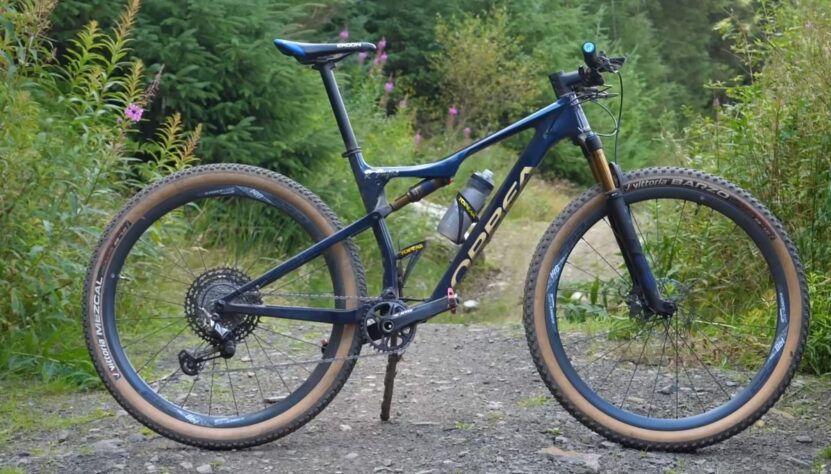
In short, yes. A hardtail bike is more than capable of handling downhill riding, and can even be a blast to ride on technical trails.
The main difference between a hardtail and a full-suspension bike is that a hardtail has less suspension travel, meaning it’s not as forgiving on rough terrain. That said, if you’re careful and pick your line wisely, you can still shred on a hardtail.
What is XC Trail?
XC trail is a type of mountain biking that is geared towards cross-country riding. It often features less technical terrain than other types of mountain biking, making it a good choice for beginners or those who want to focus on fitness.
XC trail bikes typically have suspension forks and wider tires than road bikes, which helps them handle rougher terrain.
Is All-Mountain The Same As Enduro?
The simple answer is no. Enduro is a specific type of mountain biking that is more focused on downhill riding, while all-mountain can be thought of as a more general category that includes both uphill and downhill riding.
Enduro and all-mountain are often used interchangeably, but there are some key differences between the two styles of riding.
Enduro is more focused on timed descent stages, while all-mountain is a more generalized term that can encompass anything from big mountain freeriding to backcountry riding to aggressive trail riding.
What Is An Enduro Trail?
An enduro trail is a mountain bike trail that is designed for riders who want to challenge themselves with technical features and difficult climbs.
Enduro trails typically have more rocks, roots, and other obstacles than traditional cross-country (xc) trails. They also tend to be longer and more difficult to ride.
What Are The Different MTB Disciplines?
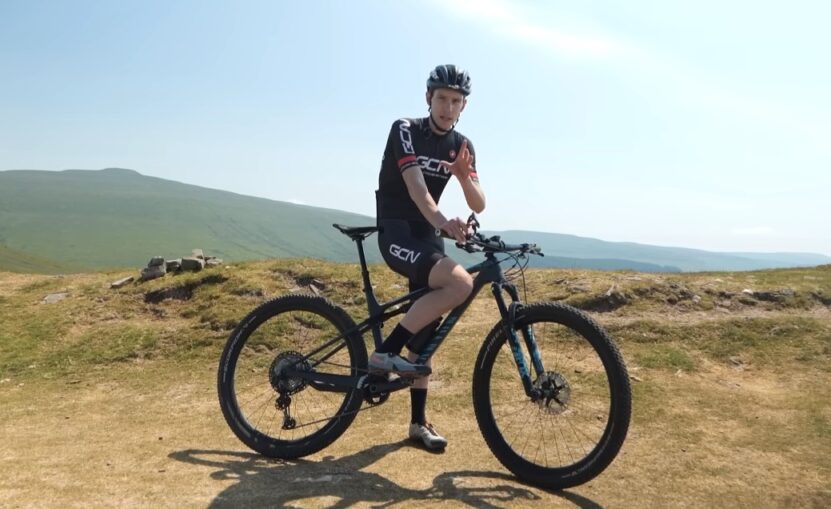
There are three main disciplines in mountain biking – cross-country (XC), trail, and enduro. Cross-country is the traditional form of mountain biking and is all about covering long distances at relatively high speeds.
Trail riding is a more relaxed form of mountain biking and focuses on enjoying the scenery and challenge of the terrain, rather than racing. Enduro is a relatively new discipline, which combines elements of both XC and trail riding, and is growing in popularity.
What Is The Difference Between A Trail Bike And A Mountain Bike?
The main difference between a trail bike and a mountain bike is the suspension. A trail bike will have front and rear suspension, while a mountain bike will only have front suspension.
Additionally, trail bikes tend to be lighter weight and have less aggressive tires than mountain bikes.
How Long Is XC Race?
The most common distances for junior high and high school competitions are 5 km (3.1 mi) for boys and girls, although races can be as short as 2.5 km (1.6 mi).
For college men, the 8 km (5.0 mi) distance is most common, while for college women the 6 km (3.7 mi) race is most common.
Cross country running is also part of cross country skiing, which encompasses racing over various distances on ski trails through forests and open terrain.
The sport originated in Scandinavia as a training exercise for Nordic skiers but has since evolved into a stand-alone sport practiced around the world by both recreational athletes and professional athletes.
What Do You Wear To An XC Mountain Bike?
The three main types of mountain biking are cross-country (XC), trail, and enduro. While the clothing you wear will depend on the type of mountain biking you’re doing, there are some general guidelines to follow.
For XC mountain biking, you’ll want to wear lightweight, breathable clothing that won’t overheat you as you ride.
When it comes to footwear, cross-country riders typically prefer cycling shoes with recessed cleats that can be used with pedals that have toe clips or clipless bindings.
Trail mountain bikers usually opt for clothing that’s a bit more durable than what cross-country riders would wear.
This is because trail riding often involves crashing and getting scraped up, so you’ll want clothing that can stand up to a bit of abuse. As for footwear, trail riders usually prefer shoes with flat pedals.
Enduro mountain biking is a more extreme form of the sport, and as such, enduro riders need clothing that’s both durable and breathable.
Enduro courses often include long sections of downhill riding, so you’ll need clothing that won’t overheat you while also protecting you from crashes.
When it comes to footwear, enduro riders typically prefer shoes with flat pedals and grippy soles.
Conclusion:
The main difference between cross-country (xc), trail, and enduro mountain biking is the suspension and the tires. XC mountain biking requires lightweight, breathable clothing with cycling shoes and recessed cleats.
For trail mountain biking, you’ll need more durable clothing and footwear with flat pedals. Enduro mountain biking is the most extreme form of the sport, and you’ll need clothing that’s both durable and breathable, as well as shoes with flat pedals and grippy soles.

